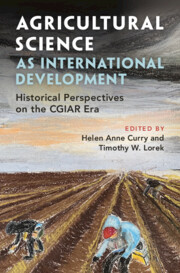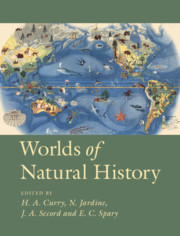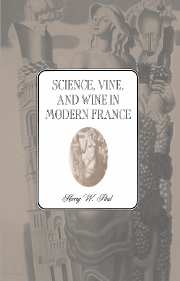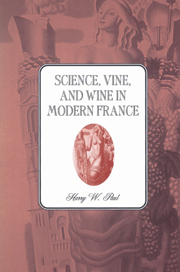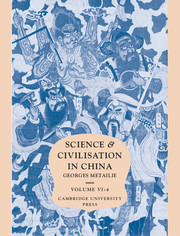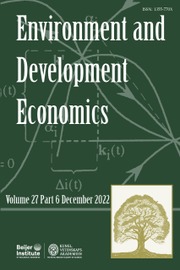Agricultural Science as International Development
For more than fifty years, international aid for agricultural research has been shaped by an unusual partnership: an ad-hoc consortium of national governments, foreign aid agencies, philanthropies, United Nations agencies, and international financial institutions, known as CGIAR. Formed in 1971 following the initial celebration of the so-called Green Revolution, CGIAR was tasked with extending that apparent transformation in production to new countries and crops. In this volume, leading historians and sociologists explore the influence of CGIAR and its affiliated international research centres. Traversing five continents and five decades of scientific research, agricultural aid, and political transformation, it examines whether and how science-led development has changed the practices of farmers, researchers, and policymakers. Although its language, funding mechanisms, and decision-making have changed over time, CGIAR and its network of research centres remain powerful in shaping international development and global agriculture. This title is also available as Open Access on Cambridge Core.
- Introduces the history of CGIAR through empirically rich, highly readable case studies of individual institutions or programs
- Closely examines the political, economic, social, and technical contexts that shaped CGIAR and its interventions in agricultural science and international development
- Places twelve historical studies of distinct facets of CGIAR history in conversation with one another
- This title is also available as Open Access
Reviews & endorsements
'At long last, historians now have a substantive guide to the history and work of the Consultative Group for International Agricultural Research (CGIAR). It is impossible to make sense of contemporary agriculture without understanding this organization, an essential node in post-war crop research in the Global South especially, but very little is known of its gigantic reach, its commitments, and its vision. Thanks to Curry and Lorek, this gangly institution comes into view.' Deborah Fitzgerald, MIT
'A long-awaited critical history of CGIAR, this is also the first book to examine its numerous centers in Asia, Latin America, and Africa in one place. Under coherent themes, contributors provide rich analysis of local, regional, and geopolitical dynamics that have constituted the world's largest agricultural development partnership. A perfect book for anyone interested in critical development studies, agricultural research, and global food security issues!' Hiromi Mizuno, University of Minnesota
Product details
November 2024Paperback
9781009434706
324 pages
228 × 151 × 20 mm
0.49kg
Not yet published - available from February 2025
Table of Contents
- Introduction: past, present, and future histories of CGIAR Timothy W. Lorek and Helen Anne Curry
- Part I. Geopolitics:
- 1. Locating ICARDA: the geopolitics of international agricultural research in the Middle East and North Africa Courtney Fullilove
- 2. US-India entanglements and the founding of ICRISAT in India Prakash Kumar
- 3. Conflicted landscape: CIAT and sugarcane in Colombia Timothy W. Lorek
- 4. CIMMYT's early years: rooted in Mexican experience, designed to be international Gabriela Soto Laveaga
- Part II. Science as Development:
- 5. Solving 'second-generation development problems': ICRISAT and the management of groundnuts, farmers, and markets in the 1970s Lucas M. Mueller
- 6. Breeding environments: WARDA and the pursuit of rice productivity in West Africa Harro Maat
- 7. Reconsidering 'excellence': natural and social science approaches to livestock research at ILRI Rebekah Thompson and James Smith
- 8. The protein factor: CIAT's bean improvement research in Central America Wilson Picado-Umaña
- Part III. Science in the System:
- 9. Fifty Years of Change in Maize Research at CIMMYT Derek Byerlee and Greg Edmeades
- 10. Crop descriptors and the forging of 'system-wide' research in CGIAR Helen Anne Curry and Sabina Leonelli
- 11. Crop genetic diversity under the CGIAR lens Marianna Fenzi
- 12. When Public goods go private: the CGIAR approach to intellectual property David J. Jefferson
- Index.

